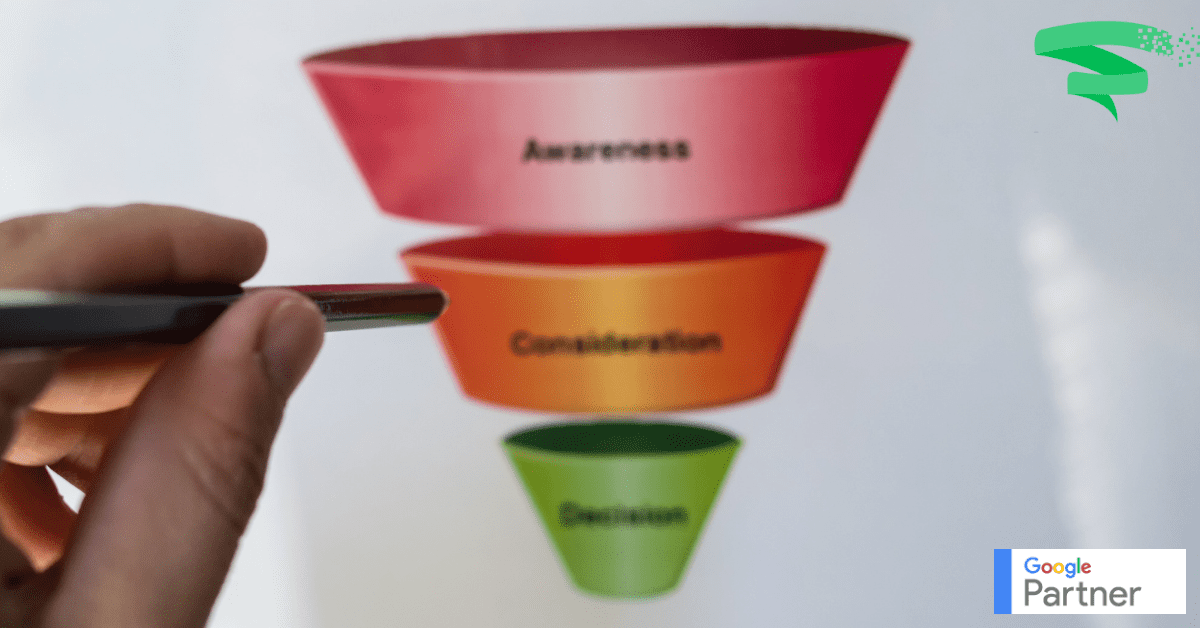Sales funnels, defined as the routes that your prospective customers take to become buyers, begin with any promotional content for your product or service and function as a pipeline to ultimately lead the prospect to purchase. The best sales funnels have high conversion rates, which means that they continuously keep the prospects engaged, so as not to lose them during the process, which is also known as a “drop off.” Naturally, the more traffic you receive to your sales funnels, the higher your chances of closing more sales. However, if you’re losing a significant number of prospective buyers within your sales funnel, then re-evaluating its effectiveness is worthwhile.
Here’s how to set up your sales funnel to minimize prospective buyer drop-offs by creating the right content and knowing what’s working.
1. Be a Problem Solver
Understanding the problems that your target audience faces is your first step to creating a sales funnel that produces results. What do your prospective buyers want? What do they need? What can improve in the marketplace? Can you provide a more affordable or better product than that of your competition? Take some time to look at what your competitors are offering and what products/services seem to resonate with your audience in the marketplace. Try to jot down three to five problems that your product solves and use this as a basis to create content which ultimately leads to your offering.
2. Pique Interest
Piquing the interest of your visitors takes into account how well you’ve done your problem-solving research. It means honing in on your target audience and addressing their problems specifically. Not only that, but you want your prospects to take a specific action. For this to happen, they need to feel a connection to your content, brand, and offerings. Decide what steps you want your visitors to take and illustrate what they stand to lose if they don’t (i.e., create urgency).
3. Killer Content
When drafting content for your sales funnels, try breaking it up into sections to help with organization. For example, you should have sections for elements such as product features, reviews/social proof, video demonstrations (if applicable), guarantees, etc. You want to guide your prospect through your content, essentially answering every question they may have about your offering. Talk about any case studies you’ve conducted, significant interviews you’ve done, homeless kittens you’ve saved — whatever. Use content to connect with your audience emotionally, and drive the point home using facts and figures if you have any to present.
4. Non-stop Testing
Most marketers will tell you there’s no such thing as too much testing. Prospects can drop off at any point in the conversion funnel, and the more you test it, the quicker you can locate any problem areas and reduce your drop-off percentages. Be sure to check various types of content, page designs, action button designs and locations; test everything.
Remember, sales funnels can always be improved. Understanding what your audience wants is the most crucial step to preventing unqualified leads from diluting your conversion percentages. Proper research will also be your starting point for creating meaningful content that will lead your prospects to action and keeping your pipeline full.











